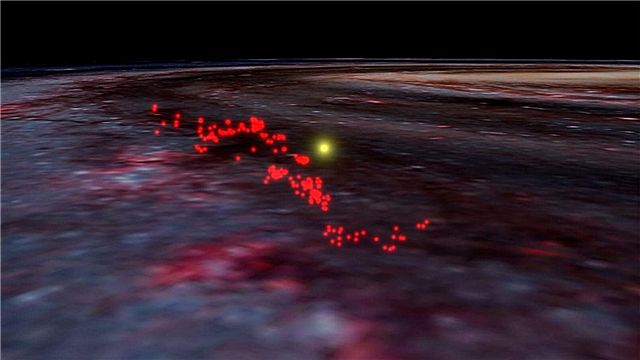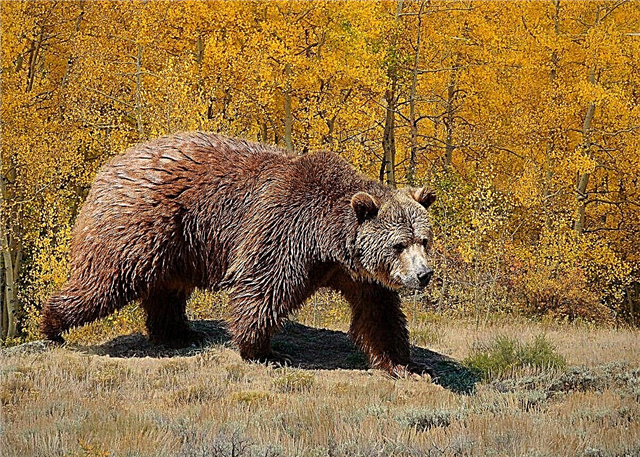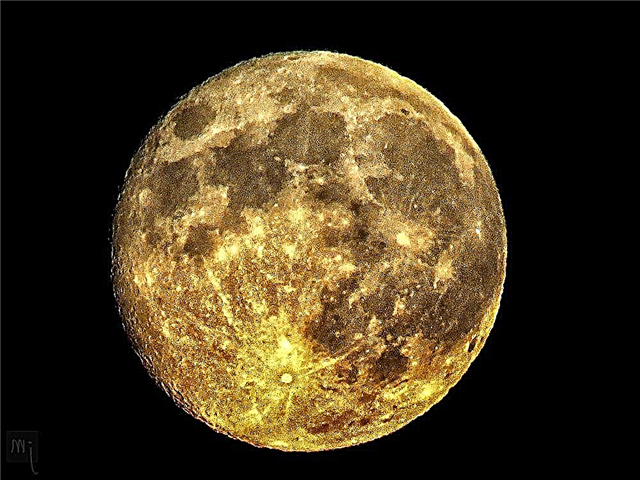
Our ancestors noticed this phenomenon a very long time ago, back in those days when the earth was considered flat. Understanding of this phenomenon came gradually, with the development of knowledge and the discovery of physical laws.
Process physics
From childhood, we know that cold things shrink, and hot things expand due to the increasing activity of molecules and atoms. This applies not only to solids, but also to gases. Our atmosphere, as a mixture of the three main gases - oxygen, hydrogen and nitrogen - is no exception.
Now we should recall such an optical phenomenon, also familiar to us from the school course of physics, as refraction - the distortion of a light beam when passing through media of different densities. For example, if you look at a spoon located in a glass with water, at the border of water and air, the spoon will appear bent. When observing the same spoon, placed partially behind a thick piece of glass, a much greater distortion will be seen, because the density of the glass is greater.

Global refraction allows you to look beyond the horizon
When a person watches the surroundings from a mountain, he sees the same phenomenon, only on a global scale. Of course, if you could make a huge spoon and place it over the horizon, it would also seem distorted due to refraction.
In this case, the medium that refracts light is atmospheric air. In summer, when the air temperature is high, its density becomes less. We just don’t notice how the air expands.However, near the horizon, refraction during hot weather is only 0.5 degrees (in the geometric sense).

In winter, when the air becomes colder and denser, the angle of refraction on the horizon increases to two degrees. Accordingly, it is these two degrees that allow a person to look a little further beyond the edge of the horizon. Because of this effect, it seems to the observer that he sees from the mountain in winter much further than in summer.
The main thing is to monitor the purity of the experiment
The last thing that is worth noting for those who want to conduct this experiment on their own, checking how much more can be seen in winter than in summer. For the purity of the experiment, it is worth noting exactly the same observation point, because if you rise higher for observation, then the horizon level will really move away, regardless of the time of year.












